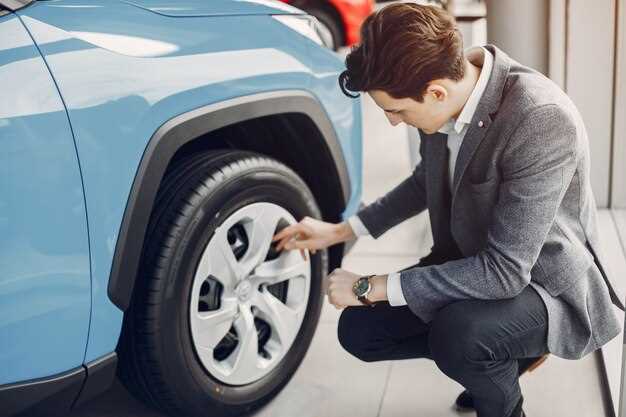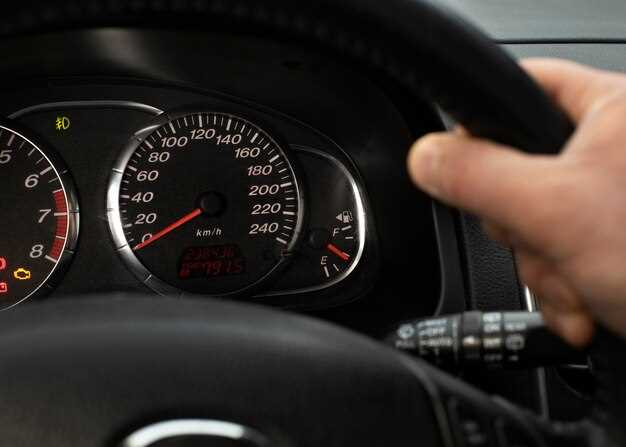
The role of tire pressure in motorsport and automotive performance cannot be overstated. Measured in pounds per square inch (psi), optimal tire pressure plays a crucial part in determining both lap times and the overall handling of a vehicle. When tire pressure deviates from the recommended levels, it can lead to significant changes in performance characteristics, affecting everything from grip to cornering stability.
Correct tire pressure enables tires to maintain their designed contact patch with the road, optimizing traction and enhancing acceleration and braking capabilities. When tires are under-inflated, they can generate excess heat, leading to increased tire wear and diminished responsiveness. Conversely, over-inflated tires may cause a reduction in contact with the surface, diminishing grip and resulting in a harsher ride. Each of these scenarios impacts not only lap times but also the driver’s confidence in handling the vehicle.
Understanding the relationship between tire pressure, performance, and handling is essential for any serious racer or automotive enthusiast. Adjusting tire pressure according to track conditions, tire type, and vehicle setup can provide the competitive edge needed to shave precious seconds off lap times. As we delve deeper into this topic, we will explore the intricacies of tire pressure management and its direct effects on vehicle dynamics.
Optimal PSI Settings for Different Track Conditions

Proper tire pressure is crucial for maximizing performance on the track. Different track conditions require specific adjustments in PSI to enhance grip, handling, and overall lap times. Understanding how to optimize tire pressure based on the environment can significantly impact a vehicle’s performance.
Dry Conditions: In dry conditions, tires can be inflated to the higher end of the recommended PSI range. Typically, a setting between 32-36 psi is optimal. Higher pressure reduces tire deformation during cornering, improving responsiveness and stability. However, excessively high PSI can lead to a loss of traction, particularly in tight turns.
Wet Conditions: When the track is wet, lowering the tire pressure between 28-30 psi can enhance grip. Softer tires increase the contact patch with the road, allowing for better water dispersion and reduced hydroplaning risks. This setting also improves the vehicle’s ability to corner without sliding, which is essential for maintaining speed in slippery conditions.
Mixed Surface Conditions: On tracks that feature both dry and wet sections, a moderate PSI of around 30-32 psi is advisable. This setting balances grip and stability, allowing drivers to adjust to varying surfaces without excessive tire wear. As conditions change, quick adjustments can be made based on immediate feedback from the vehicle.
High-Temperature Conditions: In hot weather, tire pressure can increase due to heat buildup. It may be beneficial to start with a lower PSI of 30-34 psi to compensate for this effect. Monitoring tire temperatures during practice sessions allows for precise adjustments, ensuring tires maintain optimal performance without overheating.
Cold Track Conditions: Cold weather can cause tires to lose pressure. Starting with a higher PSI around 34-36 psi is recommended to account for the drop in temperature and maintain the tire’s structural integrity. However, it’s important to monitor performance and adjust accordingly as tires heat up during laps.
In conclusion, optimal PSI settings are essential for different track conditions. Drivers should remain adaptable and willing to experiment within a specified range to achieve the best lap times and handling characteristics. Regular monitoring and adjustments based on real-time feedback will lead to improved performance and a more rewarding driving experience.
How Tire Pressure Influences Traction and Cornering Stability
Tire pressure plays a critical role in determining a vehicle’s traction. When tires are inflated to optimal levels, their contact patch with the road surface is maximized, allowing for better grip during acceleration, braking, and cornering. Low tire pressure can cause excessive deformation of the tires, resulting in a larger contact area that may initially seem beneficial. However, this deformation can lead to increased rolling resistance and overheating, ultimately degrading traction.
On the other hand, over-inflation reduces the contact patch, concentrating the vehicle’s weight on a smaller area. This can result in reduced traction due to less rubber in contact with the road, making the vehicle more prone to slipping, especially in wet or uneven conditions. Therefore, one must maintain an appropriate tire pressure to ensure optimal traction levels are preserved throughout a lap.
Cornering stability is similarly affected by tire pressure. As a vehicle navigates a turn, the tires experience lateral forces that can cause them to flex. Correct tire pressure helps maintain the structural integrity of the tire, ensuring it responds predictably to steering inputs. Under-inflated tires may lead to increased sidewall flex, which can cause the vehicle to feel vague and unresponsive during cornering. Conversely, over-inflated tires can make the ride harsh and increase the risk of losing grip because of their tendency to skip over imperfections in the road surface.
Ultimately, achieving a balance in tire pressure contributes significantly to both traction and cornering stability, enabling drivers to maximize performance and safety on the track. Regular monitoring and adjustment of tire pressure are essential for maintaining optimal vehicle handling characteristics, especially in competitive situations where every millisecond counts.
Adjusting Tire Pressure for Performance Improvement in Competitive Racing

In competitive racing, tire pressure plays a crucial role in enhancing traction and overall vehicle performance. By adjusting tire pressure, drivers can optimize their car’s handling characteristics, which is essential for achieving faster lap times. A well-calibrated tire pressure allows for better contact with the racing surface, improving grip and cornering stability.
Lowering tire pressure can increase the contact patch between the tire and the track, which may enhance traction, particularly in wet conditions or on slick surfaces. However, excessively low pressure can lead to overheating and tire wear, compromising performance. Conversely, increasing tire pressure typically reduces rolling resistance, which can be advantageous on dry tracks but may sacrifice some grip and comfort during cornering.
Finding the optimal tire pressure varies depending on several factors including tire construction, vehicle weight, track conditions, and racing style. Racers often conduct test sessions to identify the ideal pressure settings that provide maximum traction while ensuring tire longevity. Additionally, data from telemetry systems can aid in this fine-tuning process, allowing teams to analyze performance metrics and make informed adjustments.
Moreover, tire pressure should be monitored consistently throughout the race weekend, as changes in temperature and track conditions can affect performance. Regular checks ensure that the tires operate within their ideal pressure range, maintaining optimal traction and handling characteristics. An informed approach to tire pressure management can lead to significant improvements in lap times and overall competitive edge.
